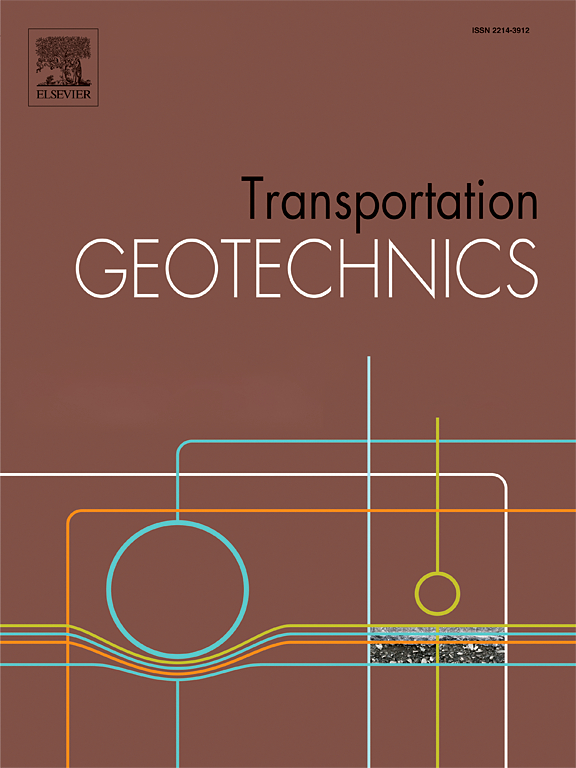Deep learning–based data anomaly detection for highway slope structural health monitoring: A comparative study
IF 4.9
2区 工程技术
Q1 ENGINEERING, CIVIL
引用次数: 0
Abstract
Highway slope instability has a significant influence on traffic safety. However, there are many anomalies in slope SHM data, which is critical to timely warnings and safety assessments of slopes. In this paper, we carried out a multi-case comparative study of deep learning models to examine the recognition accuracy of anomalous data. First, our program collected the monitoring data from the Baihe and Lueyang slopes of the Shi-Tian expressway in Shaanxi province. Six categories of abnormal data were found using K-means clustering. Second, based on the time response images, the frequency response and Gramian Angular Field (GAF) images were superimposed to improve the model’s ability to identify six types of data anomalies. Third, we employed combo loss to tackle the data imbalance problem by incorporating dice loss and focal loss. Last, we conducted a comparative study of nine deep learning models to investigate the anomaly detection capability with the combo loss function. The results indicated that a combination of frequency response and GAF images can effectively improve the identification of abnormal data. The combo loss with equal weights significantly improved specific anomaly categories’ performance. In addition, the performance of ResNet50, EfficientNetB1, and Vision Mamba exhibited impressive classification accuracy, generalization ability, and computational efficiency. Our investigation has the potential to recognize slope SHM data abnormal types in various scenarios, further improving the precision of subsequent slope capability analysis.
求助全文
约1分钟内获得全文
求助全文
来源期刊

Transportation Geotechnics
Social Sciences-Transportation
CiteScore
8.10
自引率
11.30%
发文量
194
审稿时长
51 days
期刊介绍:
Transportation Geotechnics is a journal dedicated to publishing high-quality, theoretical, and applied papers that cover all facets of geotechnics for transportation infrastructure such as roads, highways, railways, underground railways, airfields, and waterways. The journal places a special emphasis on case studies that present original work relevant to the sustainable construction of transportation infrastructure. The scope of topics it addresses includes the geotechnical properties of geomaterials for sustainable and rational design and construction, the behavior of compacted and stabilized geomaterials, the use of geosynthetics and reinforcement in constructed layers and interlayers, ground improvement and slope stability for transportation infrastructures, compaction technology and management, maintenance technology, the impact of climate, embankments for highways and high-speed trains, transition zones, dredging, underwater geotechnics for infrastructure purposes, and the modeling of multi-layered structures and supporting ground under dynamic and repeated loads.
 求助内容:
求助内容: 应助结果提醒方式:
应助结果提醒方式:


